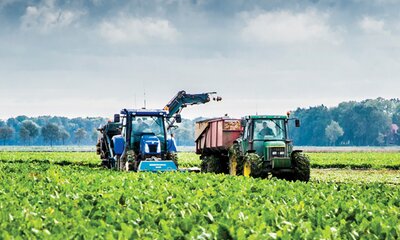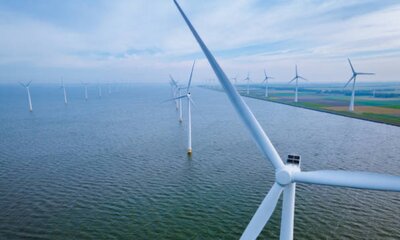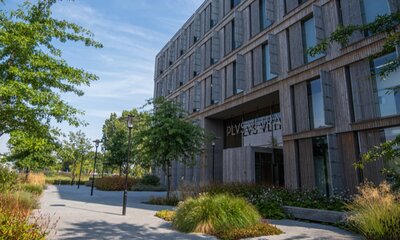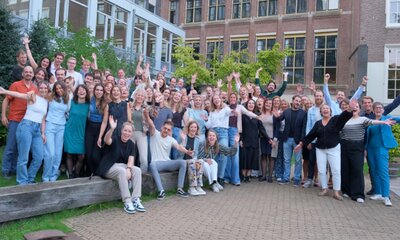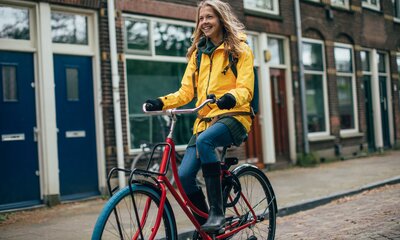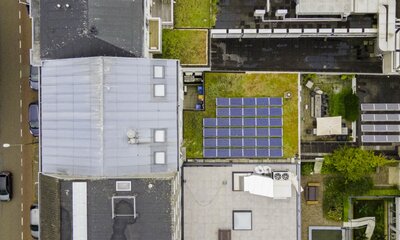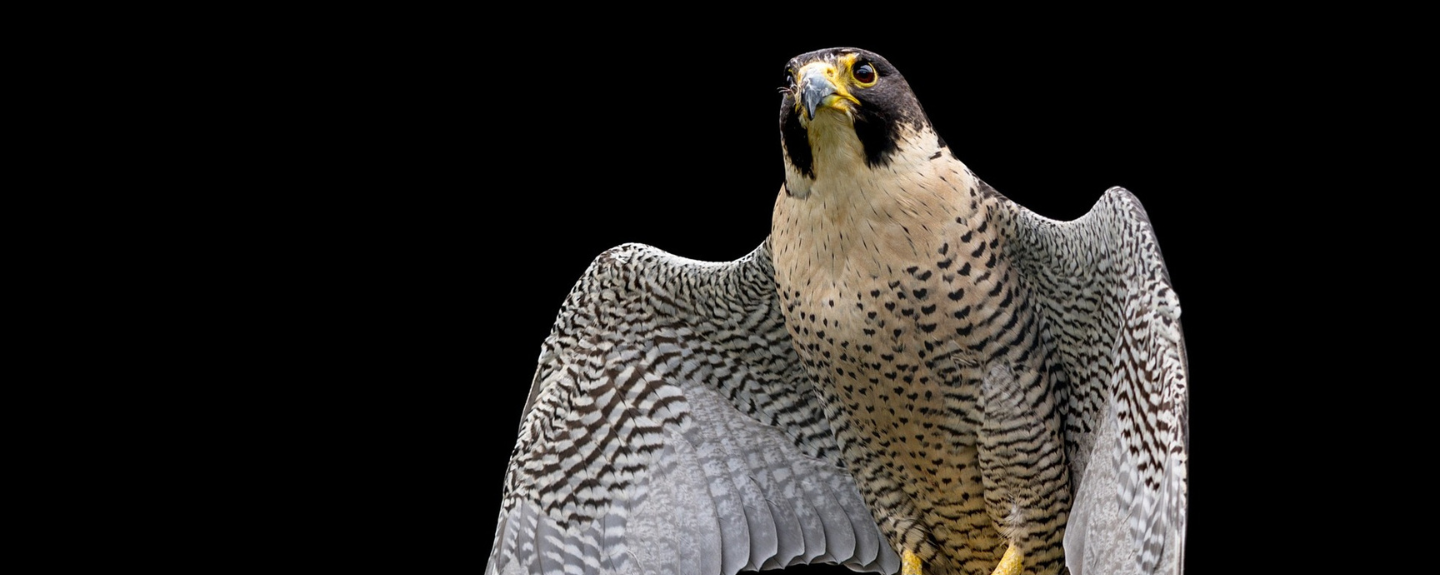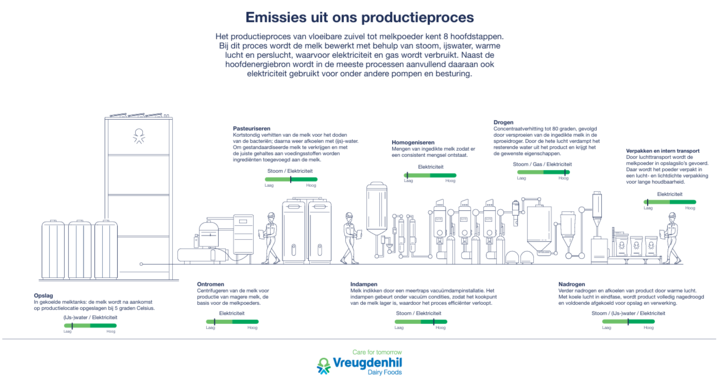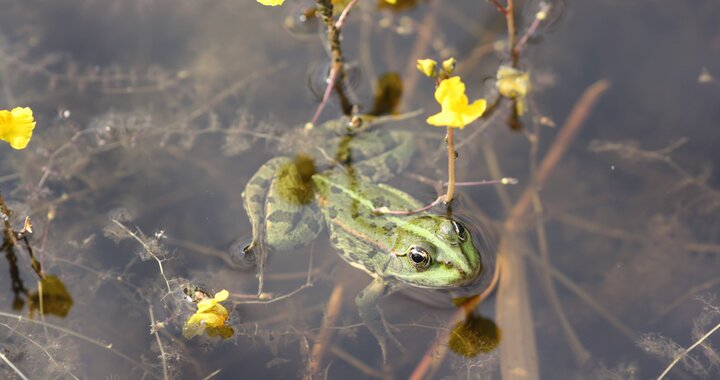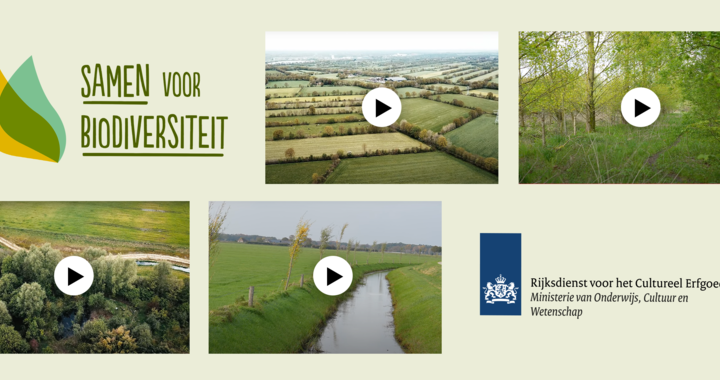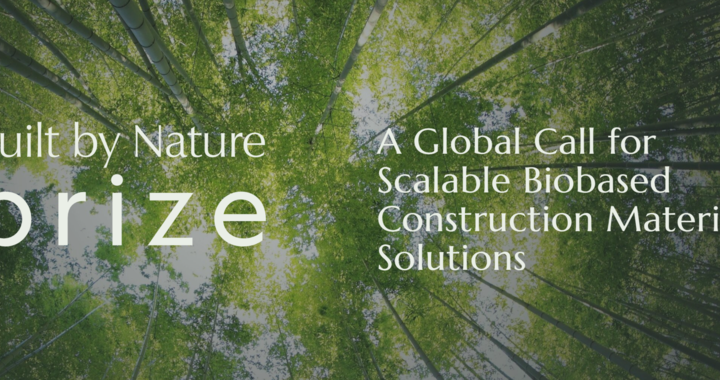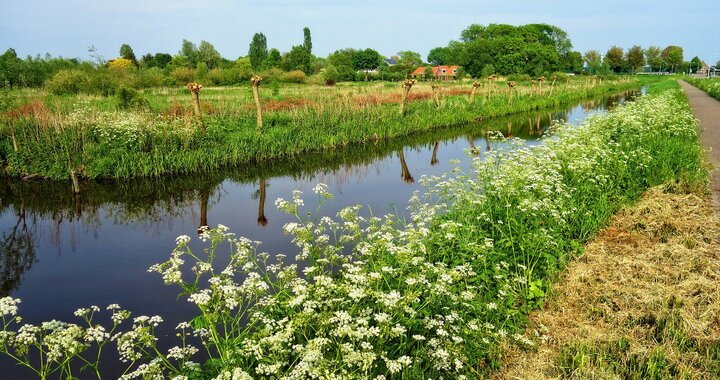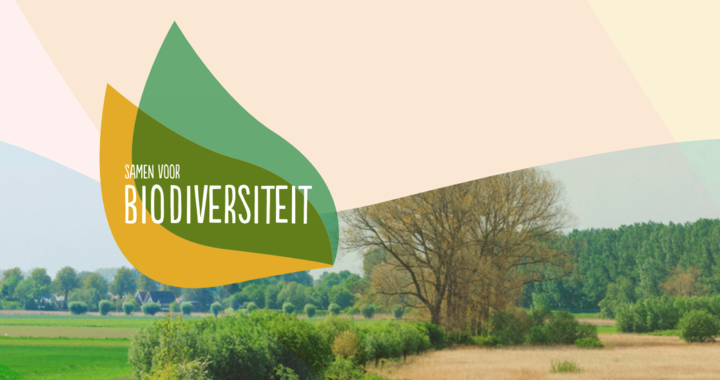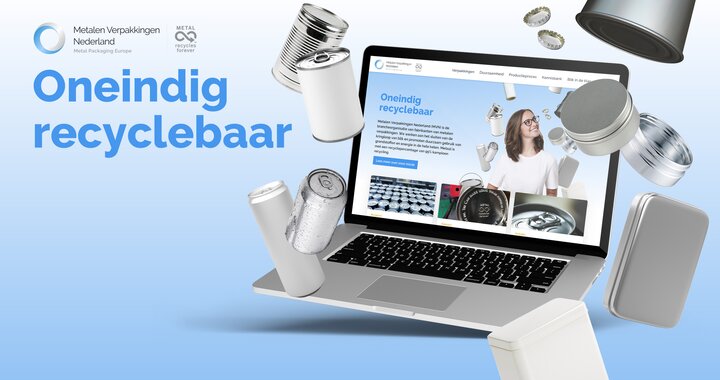State of Nature in the Netherlands
The Living Planet Report Netherlands depicts the developments in the nature of the Netherlands since 1990. This fourth edition is focused on nature restoration, as the report indicates that the overall condition of Dutch nature is still far from ideal, and protection alone will not suffice. Particularly in dunes, heathlands, and agricultural areas, the state of nature continues to decline. Numerous species such as partridges and skylarks have seen a decrease in their numbers, and even common species like rabbits and hedgehogs are struggling.
The report also reveals that species like the otter, as well as the peregrine falcon, have moved out of the danger zone due to nature restoration efforts. Just like woodpeckers in our forests. The return of the otter demonstrates the possibility of reintroducing a top predator when a network of nature is restored. The natural areas are better connected through nature-friendly banks and wildlife passages near roads. Mowing practices have been adjusted, and water quality has improved as well. All these restoration measures have aided in the otter's resurgence. The peregrine falcon, the fastest animal on earth, is also faring better in our country. Thanks to the ban on DDTs and the provision of nest boxes in urban and industrial areas, we are witnessing the bird soaring more frequently again.
Composition of the Report
The report is a collaboration among Dutch species organisations, knowledge institutes such as the Naturalis Biodiversity Center, and WWF. Data and insights from scientists are used to portray the state of nature.
Schuttelaar & Partners coordinated and edited the Living Planet Report through a secondment for the World Wildlife Fund (WWF-Netherlands).
